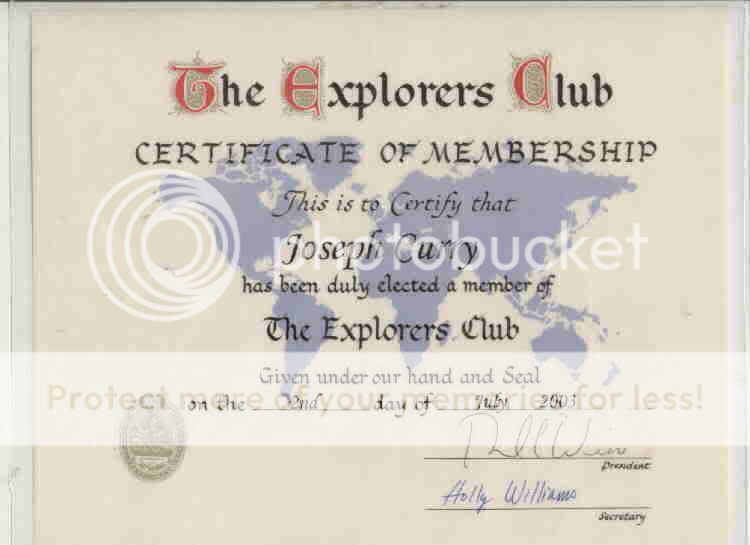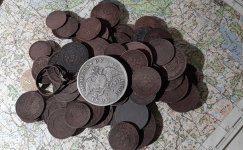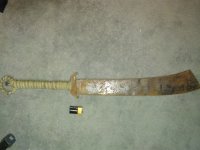lamar
Bronze Member
- Aug 30, 2004
- 1,341
- 46
Dear blindbowman;
That is quite an interesting read, I must say. If the tale is valid then there were definitely be supporting documentation of it, especially the tithes to the Vatican, the Royal Fifth to the Crown, the name of the priest and the date of his arrival, and also the reward offered by the Church. The document inventorying the treasure trove will be of particular importance, since this one document can validate the entire treasure horde, and as such, increase the value of the entire lot many, many times it's spot value.
Do you see where I am going with this, my friend? Instead of squandering precious time tramping around the hills searching for something which may or may not exist, the time could be much better spent researching the yarn to find out if it has any validity.
If the story is valid, then yes, by all means, conduct a THOROUGH search and don't stop searching till the treasure has been recovered and stowed safely in a vault. For surely a lost treasure horde of this size and value would have been recorded SOMEWHERE! And not just recoreded in one archive, but in several archives. The reason why I say this is because if the lost treasure has been logged in the archives, then you have removed a HUGE question mark from the equation, namely, is it a true tale, or just another treasure story? Once that question mark is safely out of the way, then there can only remain two possiblilities:
1) The treasure is intact and waiting to be discovering
2) The treasure has already been discovered and was plundered at some time in the past, and none of it remains, or only a portion of it remains.
If the tale is fact a true one then I'd be all over it like a cheap suit, without pause or hesitation my friend.
Your friend;
LAMAR
That is quite an interesting read, I must say. If the tale is valid then there were definitely be supporting documentation of it, especially the tithes to the Vatican, the Royal Fifth to the Crown, the name of the priest and the date of his arrival, and also the reward offered by the Church. The document inventorying the treasure trove will be of particular importance, since this one document can validate the entire treasure horde, and as such, increase the value of the entire lot many, many times it's spot value.
Do you see where I am going with this, my friend? Instead of squandering precious time tramping around the hills searching for something which may or may not exist, the time could be much better spent researching the yarn to find out if it has any validity.
If the story is valid, then yes, by all means, conduct a THOROUGH search and don't stop searching till the treasure has been recovered and stowed safely in a vault. For surely a lost treasure horde of this size and value would have been recorded SOMEWHERE! And not just recoreded in one archive, but in several archives. The reason why I say this is because if the lost treasure has been logged in the archives, then you have removed a HUGE question mark from the equation, namely, is it a true tale, or just another treasure story? Once that question mark is safely out of the way, then there can only remain two possiblilities:
1) The treasure is intact and waiting to be discovering
2) The treasure has already been discovered and was plundered at some time in the past, and none of it remains, or only a portion of it remains.
If the tale is fact a true one then I'd be all over it like a cheap suit, without pause or hesitation my friend.
Your friend;
LAMAR






 HERE IS THE EVIDENCE THAT WE ARE BREAKING THE KING'S LAWS.
HERE IS THE EVIDENCE THAT WE ARE BREAKING THE KING'S LAWS.




